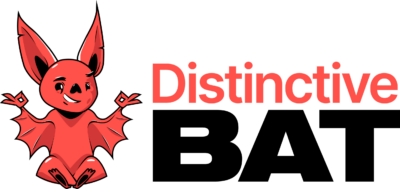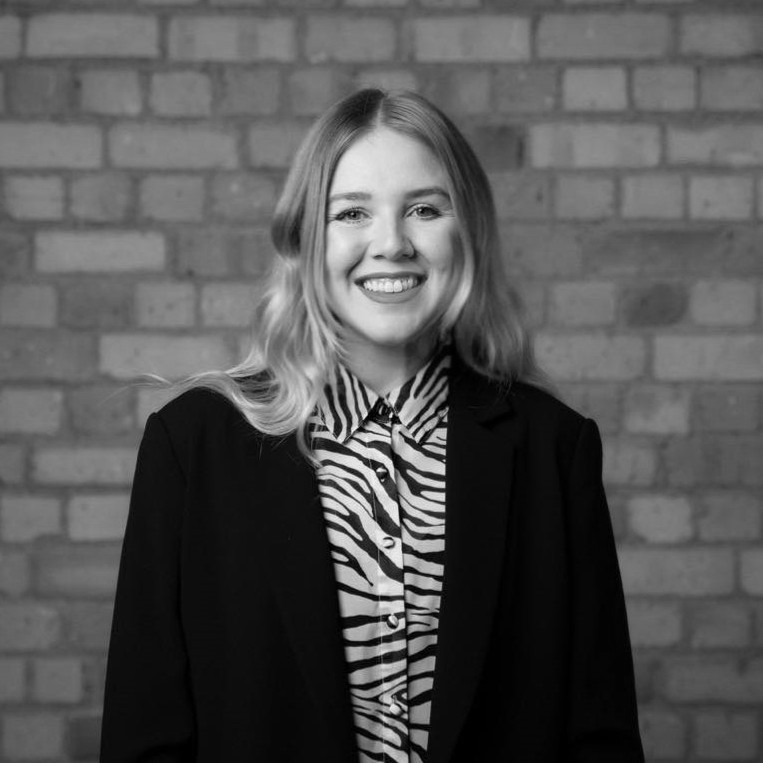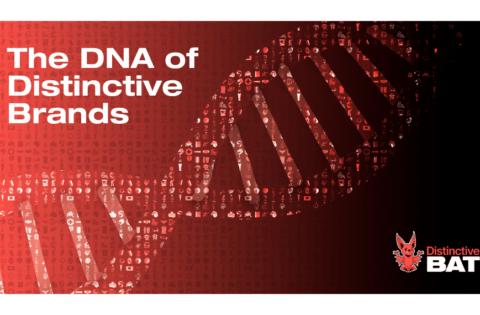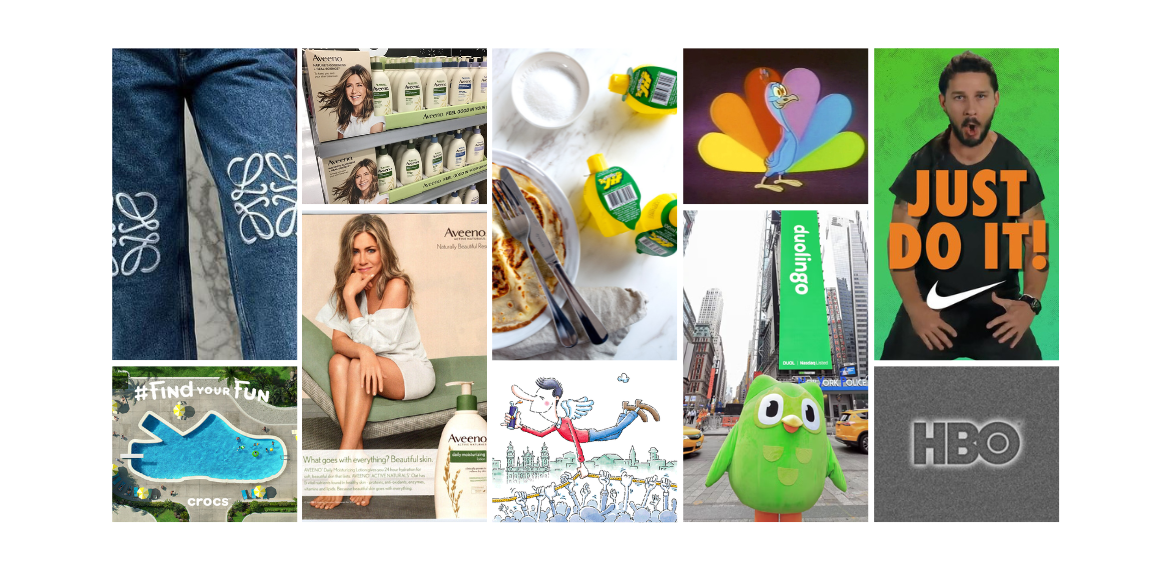
Distinctive Brand Assets Examples
Distinctive Brand Assets Examples
Distinctive Brand Assets come in many forms, such as shapes, icons, logos, colours, fonts, advertising styles, characters, taglines and auditory elements that represent a brand and help us to recall them.
At Distinctive BAT, we measure these assets across just about any format, category, or country that you can think of and love coming across new distinctive asset examples. Learn more about Distinctive Brand Assets here or read on for some of our favourite Distinctive Brand Asset examples.
Shapes
Jif Lemon Juice commonly comes in squeezy, realistic, lemon shaped packaging. It was such a great concept that another brand tried to adopt this tactic and was subsequently sued in the 1980’s, in what has come to be known as The Lemon Case. The court found in favour of Jif, in both the initial trial and in the Court of Appeal.
The replication of Distinctive Brand Assets by competing brands is a common occurrence. Read about the Energizer and Duracell Rabbit-Sharing Deal here.
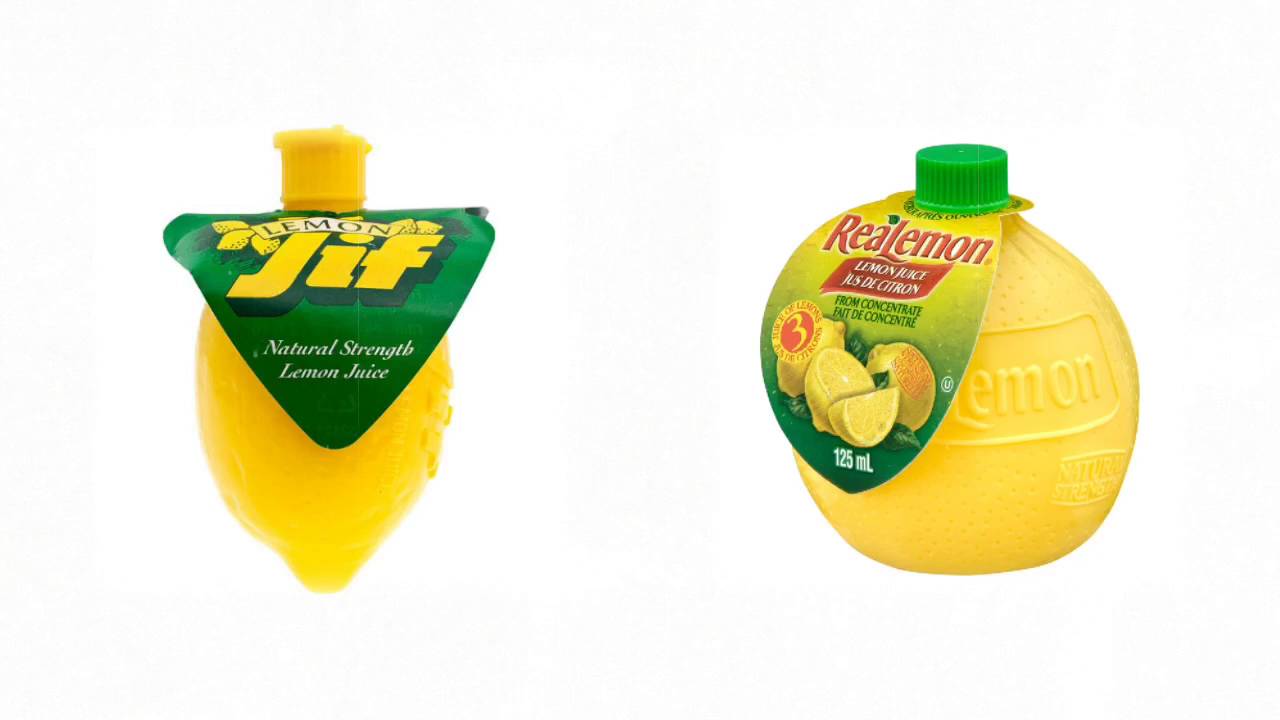
POM Wonderful has a unique packaging shape which helps to distinguish it from competitors. The brand does a great job at championing this Distinctive Brand Asset, it is often front and centre in advertising.

Crocs are another example of distinctive assets which are driven by being unique. Now arguably one of the most recognisable shapes (at least in the footwear industry), Crocs consistently lean into this asset in their advertising.

Icons
Virgin Media have been embedding a stylised infinity symbol for decades. There are static versions such as in their logo and advertising framing devices, those with animated effects such as their television idents, and those which play with colour and pattern such as their British flag-filled iteration. If a brand is to own an icon – particularly one with existing meaning – they need to commit to reinforcing it as much as possible.

Spanish luxury brand Loewe’s anagram is the toast of the town in 2023, adorning bags, shoes, belts, pins, clothing, jeans, homeware and more. Iconography in the fashion world is widespread and often met with perceptions of wealth, social status and, eventually, mass replication.
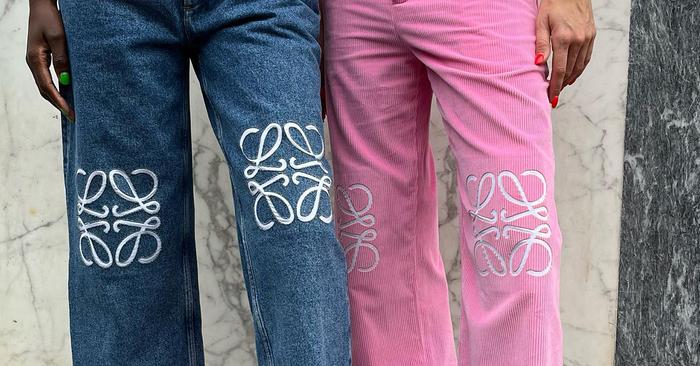
Twitter/X retired a high-performing Distinctive Brand Asset with their rebrand, the blue Twitter bird icon. Distinctive BAT measured this asset and others in the social media category, finding many of these to be Hero assets (read more about this study here).

Logos
The NBC Peacock logo originated to signal the network’s shift to broadcasting in colour and has since become a recognised distinctive asset. There are some nuances in the image that consumers might not be aware of – the colours in the peacock’s tail represent NBC’s six divisions: News (yellow), Sports (orange), Entertainment (red), Stations (purple), Network (blue), and Productions (green). While these details might win praise within the company, beware of overlaying too much meaning to a Distinctive Brand Asset (learn more about the differences between Distinctive Brand Assets and Messaging Brand Assets here).
With consistent exposure and reinforcement, the NBC Peacock has become what we would refer to as a Hero asset. In some recent Distinctive BAT research, we found that of those aged 18-44YO, 95% recognized the logo (Asset Recognition), and 58% associated it with the brand (Brand Attribution). Not too bad a result.

Brands that have a unique product shape or icon could do well to leverage this across other assets, such as their logo. One brand who did this well was Toblerone, who featured the Matterhorn peak in their logo and stylised in their triangular product.
However, a recent refinement in their logo has done away with the icon – reducing distinctiveness scores along with it. While there are intricacies to Toblerone’s reasoning (Swiss legislation for one), this is part of a wider trend of brands streamlining their logos. Read Blands – The Debranding of Brands here.
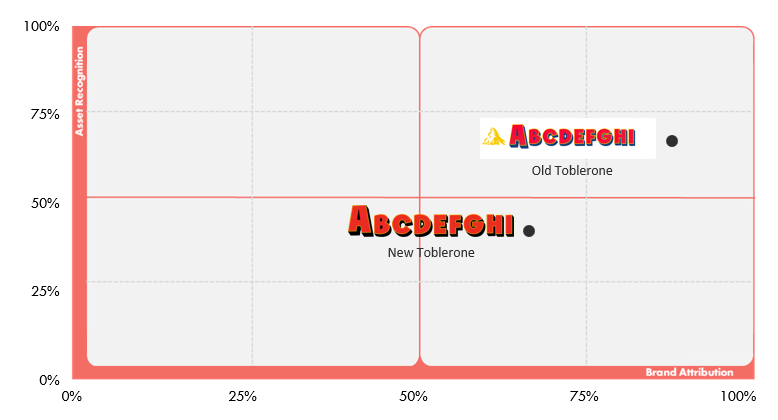
Distinctive Asset Measurement: Brand Research That Provokes Action
Used by some of the world’s most distinctive & leading brands






Colours
Very few can colour block a billboard and have it trigger a significant level of Brand Attribution, but in 2023, Barbie achieved this through advertising for the major motion picture. Distinctive BAT’s research identified 78% Brand Awareness among 16-24 year old females for the outdoor activation (read more from this study here). This isn’t a tactic that all Marketers should race out and try however, Barbie and Mattel’s ownership is well embedded across many years.

Cadbury also do well to own a colour in their dark purple, constantly reinforcing this across all their packaging and advertising touchpoints.

Fonts
Another example of distinctive assets often vied for but seldom won is font. We’re often asked how a font can be ownable, particularly if it is publicly available to use. With their logo and IBM plex sans, IBM marries shape and colour, helping to drive overall distinctiveness. It’s often the sum of parts that creates this kind of Distinctive Brand Asset.

Director Tim Burton has a consistent approach to font in his movie titles and associated touchpoints, often utilising a gothic modern style.

Taglines
A Distinctive Brand Asset with a quirky backstory (you’ll find a lot of these if you delve as deep as we have), is the Nike tagline ‘Just Do It’. Inspired by the last words of convicted murderer, Gary Gilmore, the slogan was reincarnated for Nike in 1988 and has gone on to become one of the most recognisable in the world.
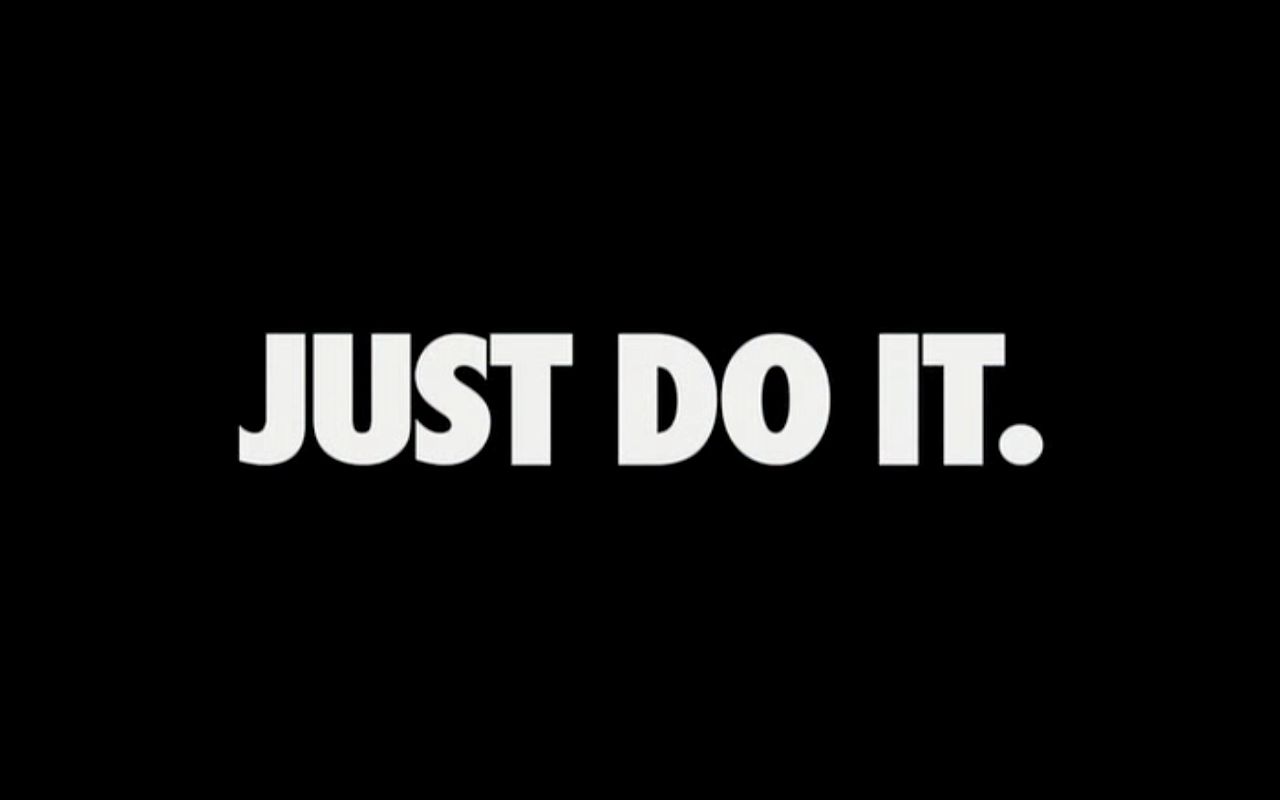
“So where the bloody hell are you?” was the question posed by Tourism Australia in a 2006 campaign. Approved by Managing Director, Scott Morrison, who would go on to become the Prime Minister of Australia from 2018-2022, the tagline drew heat from the international press for its use of language and was even banned in the United Kingdom. This tagline has since entered the pop culture lexicon, becoming synonymous with Australia and the campaign’s actors.
Adverts
Spotify created a distinctive advertising style with their outdoor campaign, utilising music to tell a story. Though iterations continue to pop up, this is a simple, effective and ownable execution.

Red Bull partnered with design firm Kastner in 1985 and they’re still on board as of 2023, creating advertising campaigns in 171 countries around the world (consistency!!). The first of the cartoon designs, which are now synonymous with the brand, was “Leonardo, 1992” and a whole host of characters have been added in the over 30 years since.
Consumers can now even cartoonify themselves online: https://www.redbull.com/us-en/cartoons/cartoonify

The Economist is a good example of a brand that champions one type of Distinctive Brand Asset and does so well. Perhaps the most well-known execution is their light bulb moments outdoor advertising, though the brand always utilises a red backdrop, a sparse use of space and a consistent font.
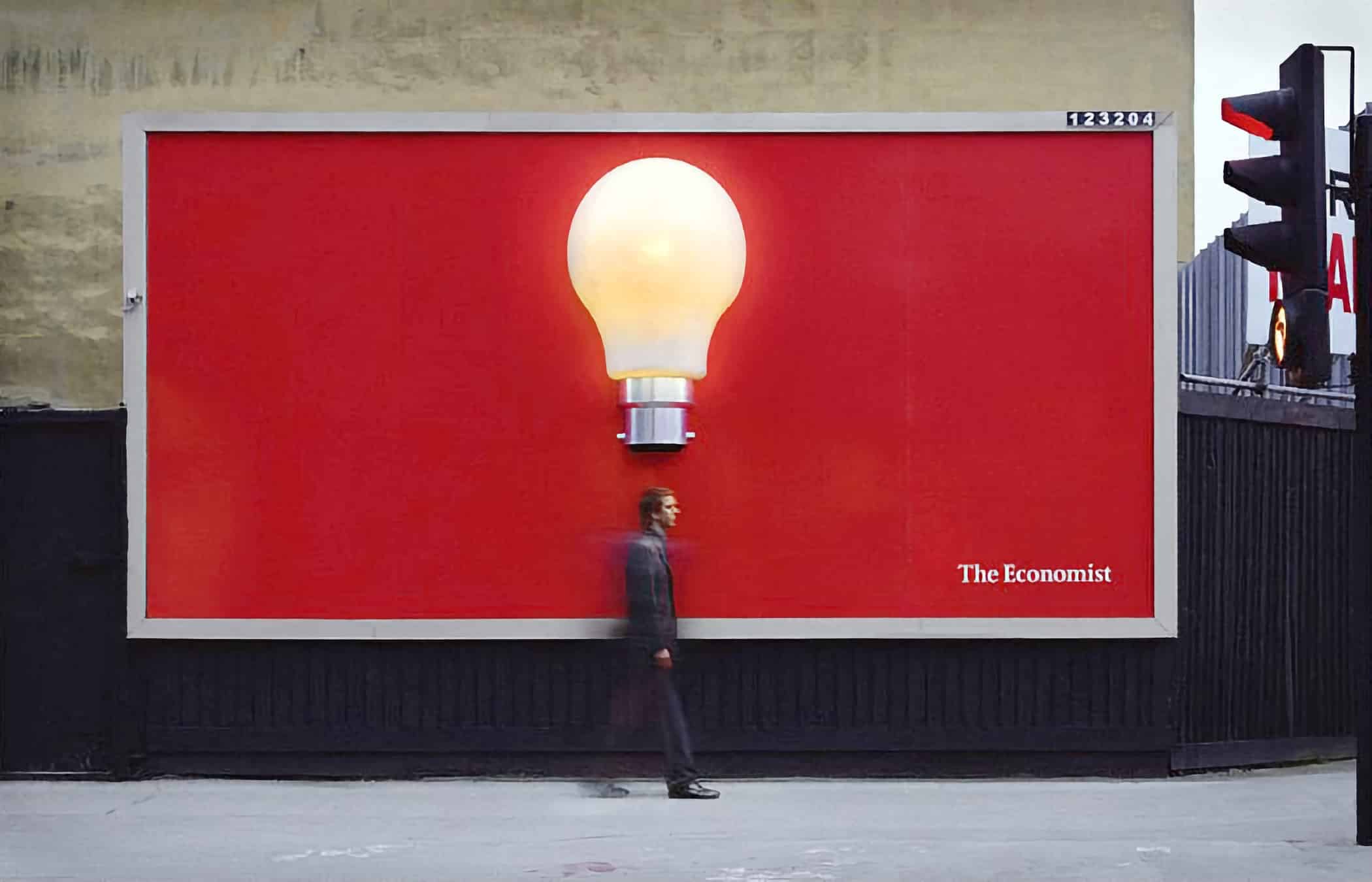
Jingles
Utilising music is a great way to build a brand asset, and part of the reason why jingles consistently come out as top scoring assets in our research. Jingles are malleable, they can be short intro/outro advertising devices, or adapted into long-form 60-90 second songs.
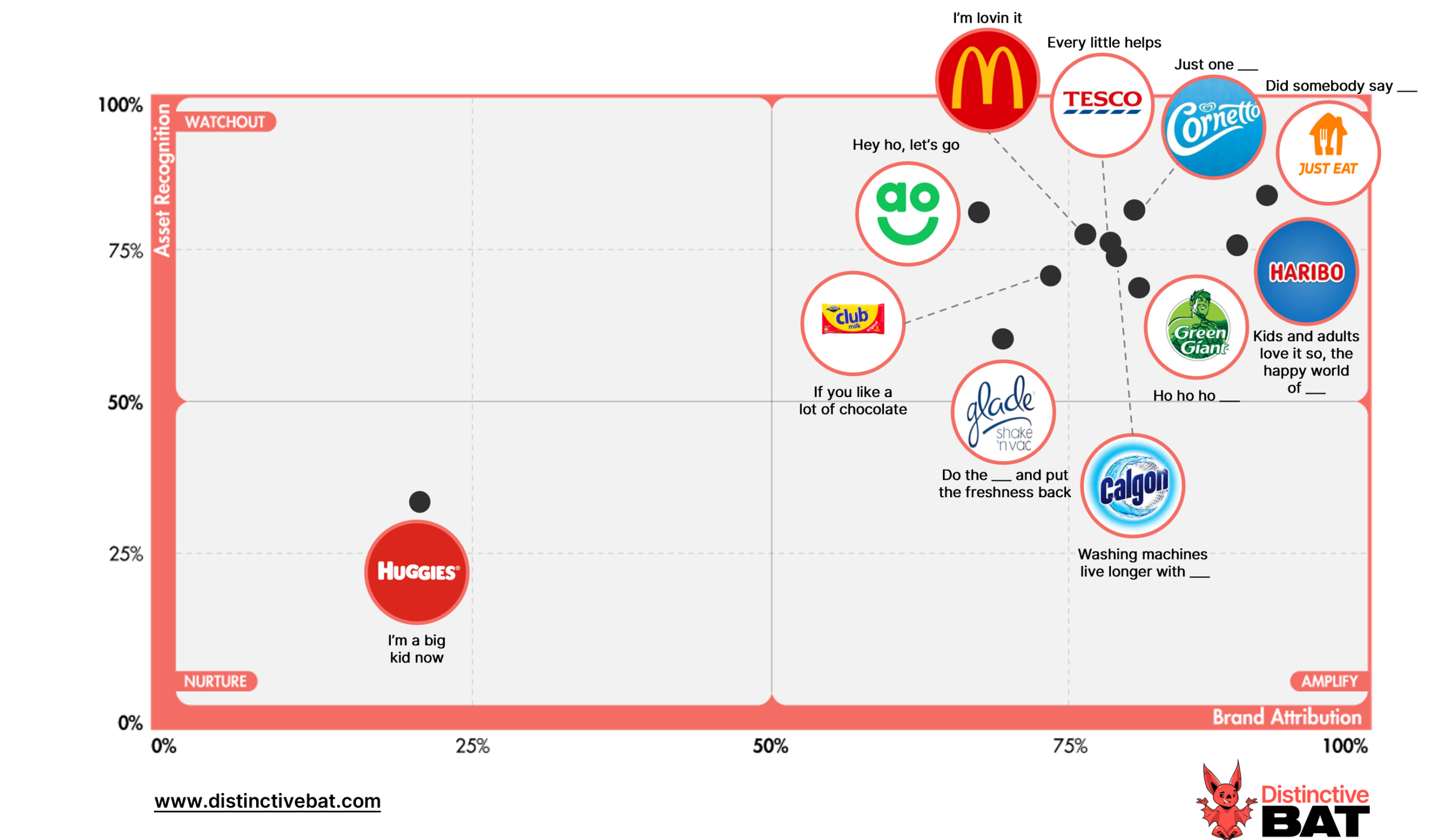
Food delivery brand, Just Eat, achieved a Hero rating (read more about this study here) for their Katy Perry led “Did Somebody Say” jingle.
Jingles can be utilised by a wide variety of brands and categories – as evidenced by the award-winning ear worm cover of “Break My Stride” by New Zealand’s State Insurance.
Sonic
Many of the best sonic (sometimes referred to as an audio logo) examples come from brands which have repetitive touchpoints in which to embed them, such as streaming services or television channels. Netflix has the ‘ta dum’ and HBO has their “static angel”.
McDonald’s has done a great job with their “ba ba ba” sonic, a popular iteration being their whistled version, which has a one-hour loop on YouTube with over 130,000 views and comments such as “it’s a masterpiece”.
The DNA Of Distinctive Brands
Inspire your team and brand, by understanding how to achieve greater levels of distinctiveness with our guide to Distinctive Brand Assets
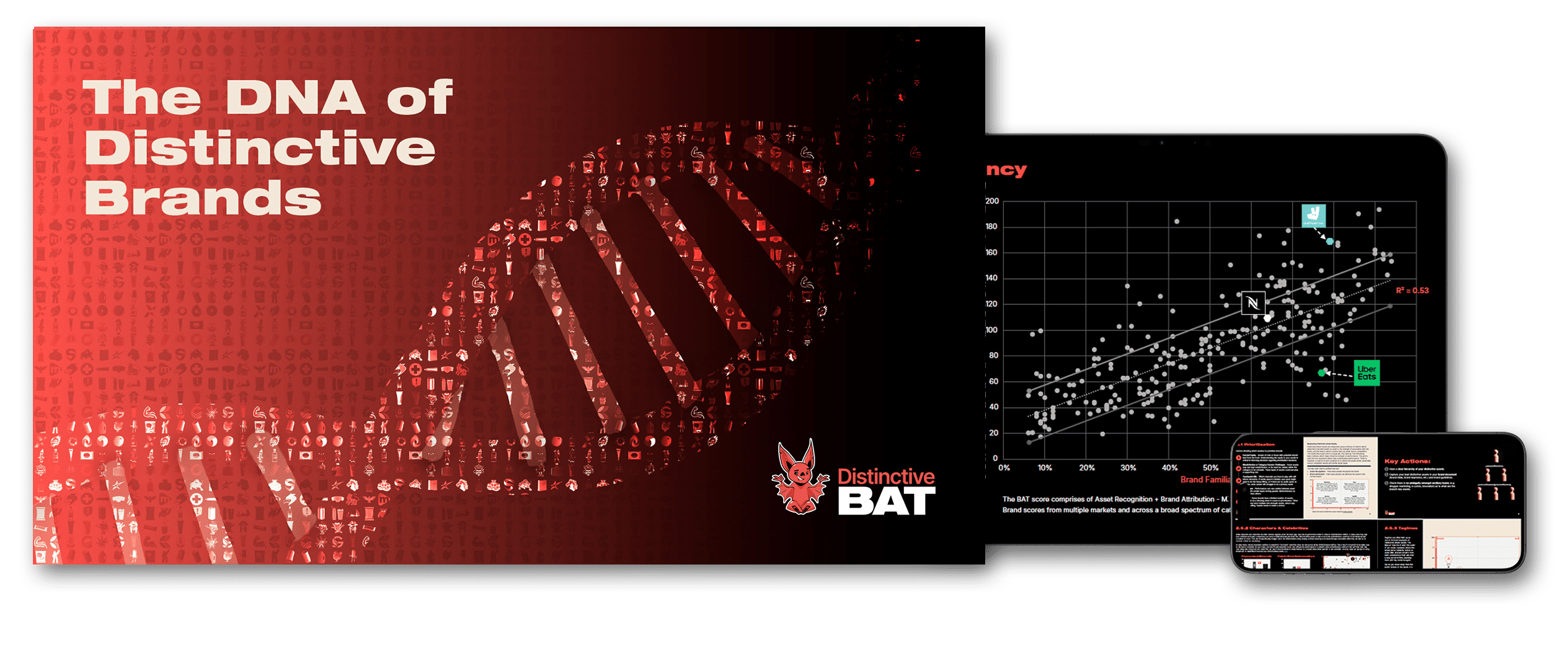
Characters
A relatively new sensation, the wise cracking “Duo” owl from language learning app Duolingo has amassed over eight million TikTok followers and 181 million likes (as of December 2023). While much of this success can be attributed to a savvy Gen Z Social Media Manager, the consistent reinforcement of brand colour and stylisation of the mascot across touchpoints will be helping to embed it in the minds of consumers. With “just an owl tryna vibe”, Duolingo has achieved virality many times over.

Once described as a “fraud and a fake”, Betty Crocker’s character is purely fictional and not based on a real person. While the actress depicted as Betty in advertising, radio shows, cookbooks and television has changed over the years, a consistent colour and style has been used throughout. This is exactly how a character should change and evolve with the times. Read more about Betty Crocker and other character assets here.

Celebrities and influencers can be difficult to execute effectively as Distinctive Brand Assets. The more popularity someone has, the more brand associations that will come to mind when a consumer sees them. There’s also risk involved, if a celebrity finds themselves the subject of tabloid controversy their alignment can tarnish a brand. Read our advice for Using Celebrities Or Influencers To Improve Distinctiveness Levels here.
Aveeno skincare found an effective celebrity endorser in actress Jennifer Aniston, who had referenced in interviews that she used the brands products since her teen years. Aniston became a spokesperson for Aveeno in 2013, and regularly features in advertising campaigns. Authentic alignment and a long-term commitment to building affiliation are often the keys to a successful celebrity partnership.
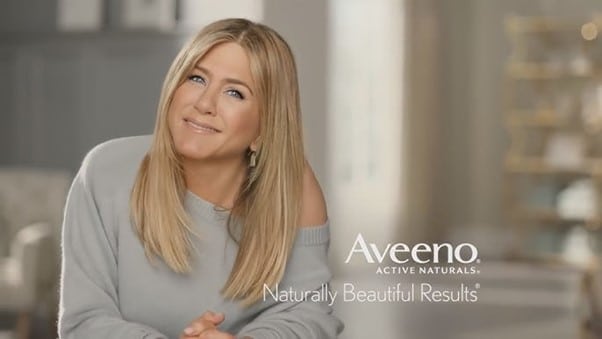
You can find further information and examples of distinctive assets in our resource centre here.
Have any questions on Distinctive Brand Asset Research or Tracking? Drop me a message via LinkedIn or email at hello@distinctivebat.com
Distinctive Asset Measurement: Brand Research That Provokes Action

Used by some of the world’s most distinctive & leading brands






